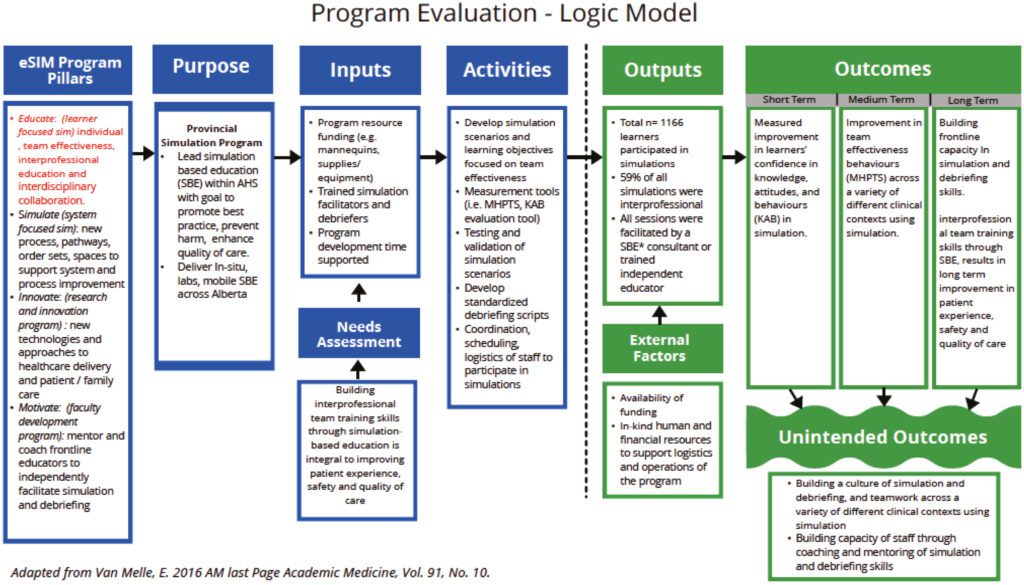Simulations have emerged as an effective tool for training and development in recent years. Simulations replicate real-life scenarios, providing a safe and controlled environment for trainees to practice their skills. They also offer immediate feedback on performance and can be more cost-effective and scalable than traditional training methods. Simulations come in various types, including computer-based, virtual, role-playing, and live simulations. They can be used in various industries, from healthcare to military to business. By incorporating simulations into their training and development programs, organizations can benefit from a more engaged and skilled workforce.
Examining the Role of Simulations in Training and Development
Introduction
Training and development is an essential aspect of every organization. It helps employees to acquire new skills and knowledge, which are necessary for their growth and productivity. However, the traditional methods of training and development may not be effective in achieving the desired goals. In recent years, simulations have emerged as a new and effective tool for training and development. Simulations replicate real-life scenarios, allowing trainees to practice their skills in a safe and controlled environment. This article examines the role of simulations in training and development.
What are Simulations?
A simulation is an artificial environment that replicates real-life scenarios. These scenarios can be anything from a medical emergency to a business negotiation. Simulations are designed to provide trainees with hands-on experience in dealing with complex situations that they may encounter in their work.
The Benefits of Simulations in Training and Development
Simulations offer a range of benefits for training and development, including:
- Safe and controlled environment: Simulations provide a safe and controlled environment for trainees to practice their skills. Trainees can make mistakes without fear of real-life consequences.
- Realistic scenarios: Simulations replicate realistic scenarios that trainees are likely to encounter in their work. This makes the training more relevant and practical.
- Immediate feedback: Simulations provide immediate feedback to trainees on their performance. This allows trainees to identify areas for improvement and make changes immediately.
- Reduced costs: Simulations can be more cost-effective than traditional training methods. They eliminate the need for expensive equipment and resources.
- Scalability: Simulations can be scaled to accommodate a large number of trainees simultaneously. This makes them ideal for organizations with a large workforce.
Types of Simulations
There are several types of simulations that can be used for training and development:
- Computer-based simulations: These simulations use computer software to replicate real-life scenarios. They can be interactive and allow trainees to make decisions in the simulation.
- Virtual simulations: These simulations use virtual reality technology to create an immersive environment for trainees. They can be used to replicate dangerous or unsafe scenarios that would be difficult to replicate in real life.
- Role-playing simulations: These simulations involve trainees taking on a specific role and interacting with other trainees. They are useful for developing interpersonal skills and communication.
- Live simulations: These simulations involve actual equipment and resources being used to replicate real-life scenarios. They are useful for training in high-risk environments.
Examples of Simulations in Training and Development
Simulations can be used in a variety of industries for training and development. Here are a few examples:
- Medical training: Medical simulations are used to train healthcare professionals in emergency procedures, surgical techniques, and patient care. These simulations can replicate real-life scenarios, allowing medical professionals to practice their skills in a safe and controlled environment.
- Military training: Military simulations are used to train soldiers in combat scenarios, tactical maneuvers, and weapons handling. These simulations can be used to replicate complex scenarios that would be difficult to create in real life.
- Business training: Business simulations are used to train employees in negotiation skills, customer service, and decision-making. These simulations can be interactive, allowing employees to practice their skills in a realistic environment.
Conclusion
Simulations are an effective tool for training and development. They provide a safe and controlled environment for trainees to practice their skills and offer immediate feedback on performance. There are several types of simulations that can be used, including computer-based simulations, virtual simulations, role-playing simulations, and live simulations. Simulations can be used in a variety of industries, including healthcare, military, and business. Training and development using simulations can be more cost-effective and scalable than traditional training methods. Organizations that incorporate simulations into their training and development programs can benefit from a more engaged and skilled workforce.
